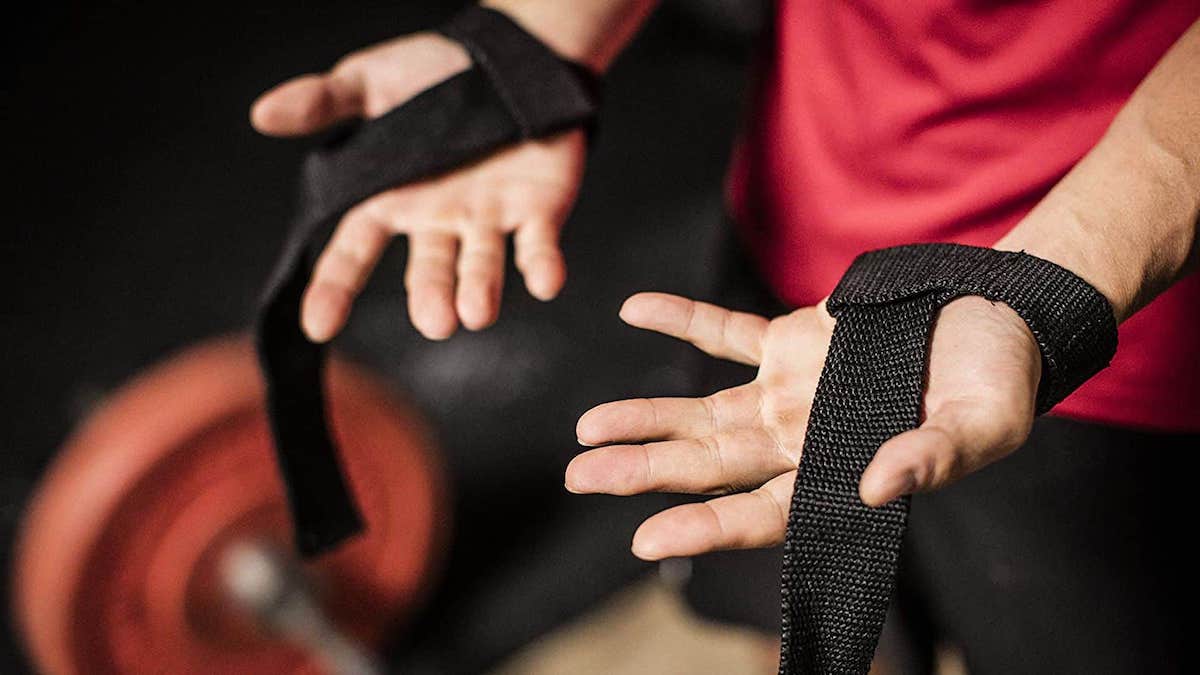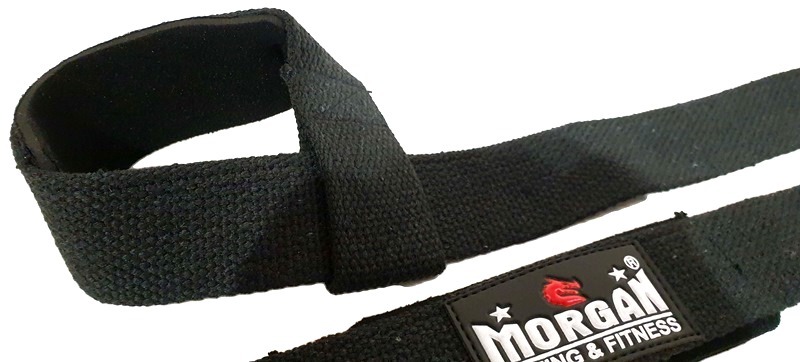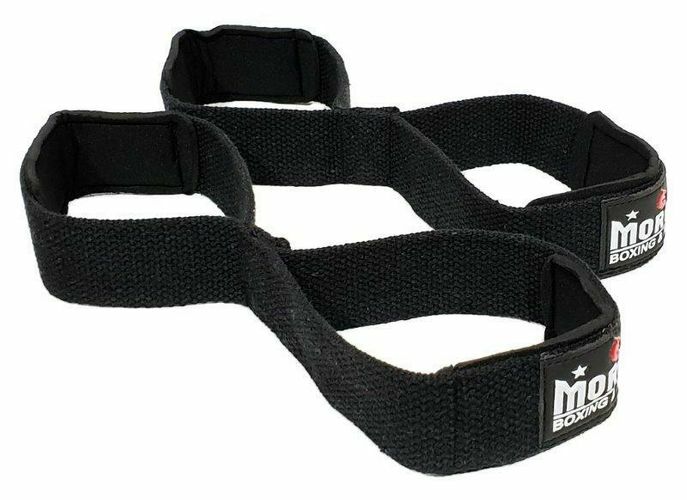Customer Support | Call us on 02 4257 1105 or reach out to us via email info@morgansports.com.au
Love Your New Equipment? Drop A Review & Win a $100 Gift Voucher | You Will Be Contacted Via DM!
Customer Support | Call us on 02 4257 1105 or reach out to us via email info@morgansports.com.au
Love Your New Equipment? Drop A Review & Win a $100 Gift Voucher | You Will Be Contacted Via DM!




Date Posted:3 January 2022

When lifting weights, it is essential to protect your wrists from strain or injury. Wrist straps are an effective tool that weightlifters use to improve stability and reduce wrist strain during heavy lifting. But what exactly are they, and how can they help beginners?
A weightlifting wrist strap, or lifting strap, is designed to support your wrists and enhance your grip on weights. Made from durable materials like cotton, nylon, or leather, wrist straps loop around both your wrist and the bar, helping you securely lift heavier weights during exercises like deadlifts, lat pulldowns, and rows. They are beneficial for both beginners and advanced lifters, but it’s essential to choose the right type of strap to match your training style.
When using wrist straps, they act as an extension of your hand, allowing your grip to last longer and handle more weight. By wrapping the strap around the bar, you create a secure connection, reducing strain on your wrists and forearms. This support helps you focus on muscle engagement rather than grip strength, so you can complete more reps or handle heavier weights.
In simpler terms, wrist straps increase your grip and allow you to lift more weight than you could with just your hands, making them a popular tool among bodybuilders and powerlifters.
There are three main types of lifting straps: closed-loop lifting straps, lasso lifting straps, and figure-eight lifting straps. Each offers a different level of support, so choose based on your specific needs.
.png)
Also called Olympic weightlifting straps, closed-loop straps are ideal for Olympic-style lifts, where you need to quickly release the bar, such as clean-and-jerk or snatch lifts. While easy to remove, they don’t provide as secure a grip as other strap types, so they’re less suitable for deadlifts or heavy rows.

The lasso lifting strap loops around your wrist with an extra length that can wrap around the bar multiple times, providing a stronger grip. It’s versatile and is perfect for exercises requiring extra stability, such as deadlifts and rows. For beginners, look for lasso straps with extended lengths and added padding for extra comfort.
How to Use a Lasso Lifting Strap?
 Figure-Eight Lifting Strap
Figure-Eight Lifting StrapFigure-eight straps loop around your wrist and the bar in a figure-eight shape, creating a highly secure grip. These are ideal for maxing out on deadlifts, as they keep the bar firmly attached to your wrist, allowing for heavy lifting without fear of the bar slipping. However, they’re less versatile for other exercises.
Using lifting straps can be somewhat controversial, as some believe they offer an “unfair advantage.” However, for beginners, they’re essential to prevent injury and improve lifting performance safely. Here are the primary benefits:
To ensure you get the most out of your wrist straps, here are some common mistakes beginners should avoid:
Here’s a step-by-step guide to using lifting straps effectively:
For other strap types, the process will vary slightly, but the goal is always to create a tight, secure connection between your wrist and the bar.
If you’re looking to improve both strength and muscle size, lifting straps can make a difference in the following exercises:
Deadlift
Rack Pulls
Lat Pulldowns
Pull Ups
Shrugs
Selecting the correct wrist strap ensures you stay safe and comfortable during lifting sessions. Here’s what to consider:
Weightlifting straps are a valuable addition for beginners and seasoned lifters alike. They enhance grip strength, add comfort, and help protect your wrists while allowing you to lift heavier weights. With the right type and fit, lifting straps can help you make faster progress and achieve your lifting goals.
Ready to start your weightlifting journey? Investing in quality wrist straps can make a big difference in your lifting experience. Morgan Sports offers high-quality wrist straps made from 100% reinforced cotton with neoprene inserts for extra comfort, so you can lift confidently and push past your limits. Start lifting smarter and reach new personal records!
Contact us for more details!
Sources
https://www.menshealth.com/fitness/a19531705/lifting-straps-for-weightlifting/
https://www.gymreapers.com/blogs/news/how-to-use-lifting-straps
https://www.wikihow.fitness/Use-Lifting-Straps